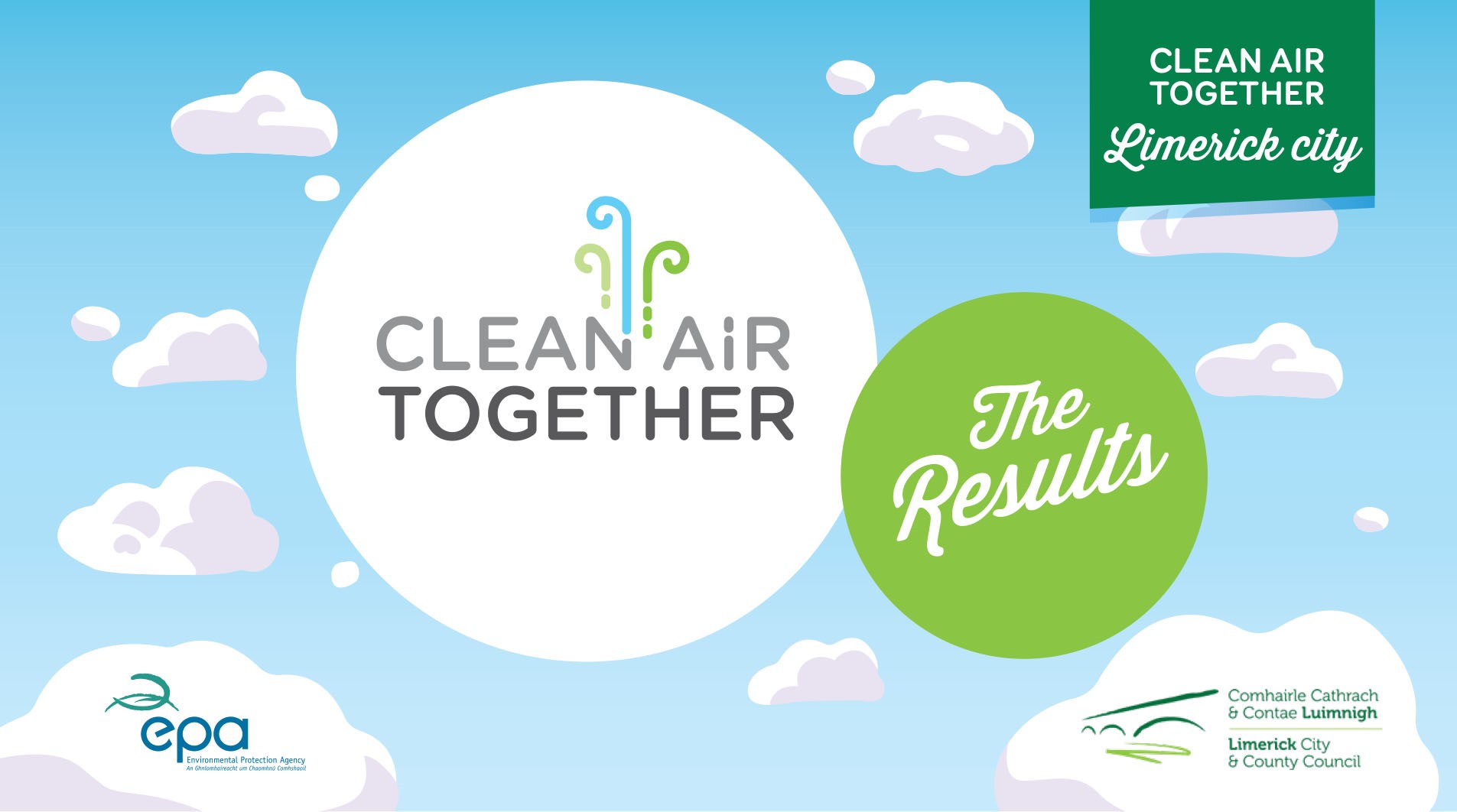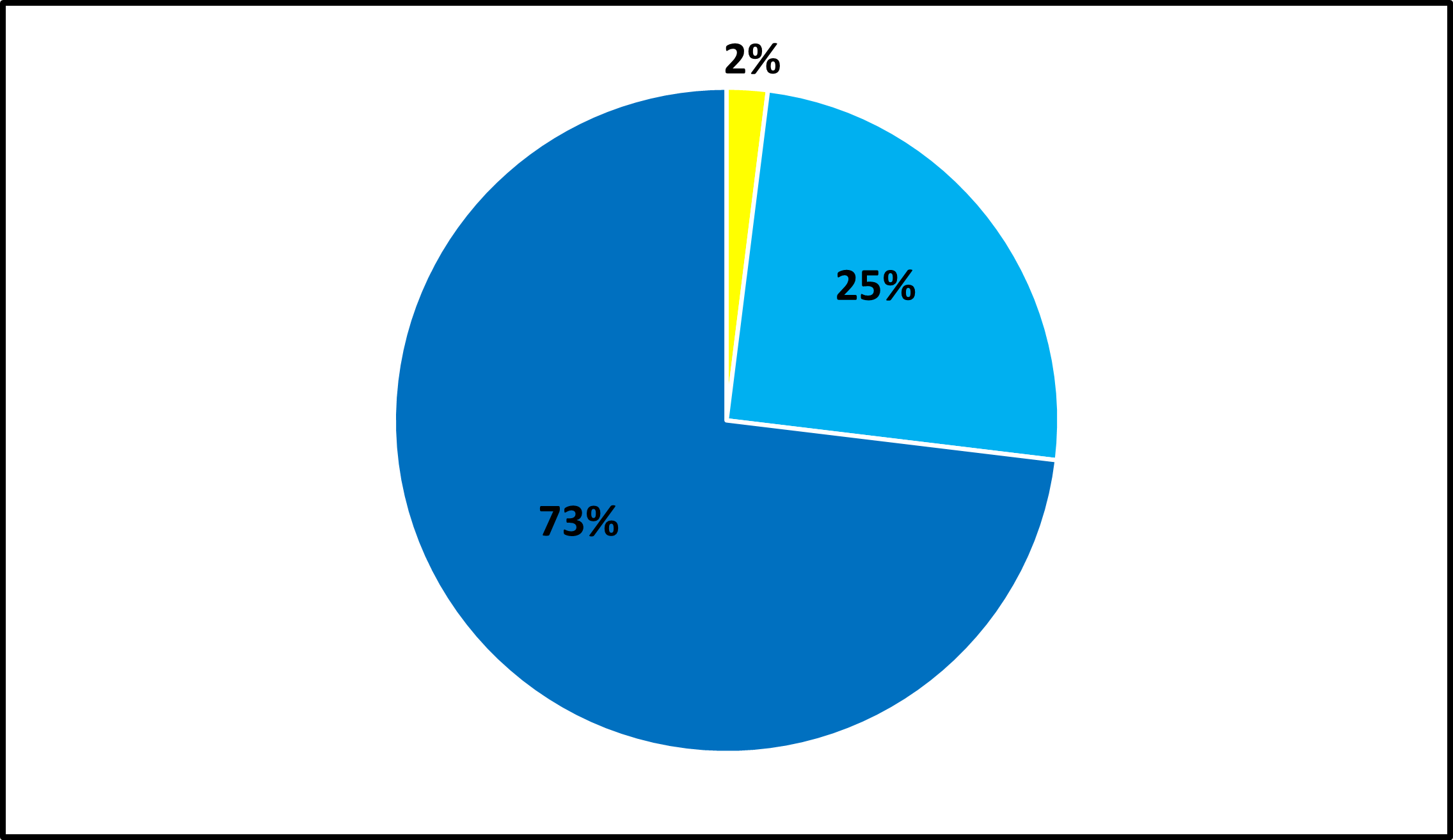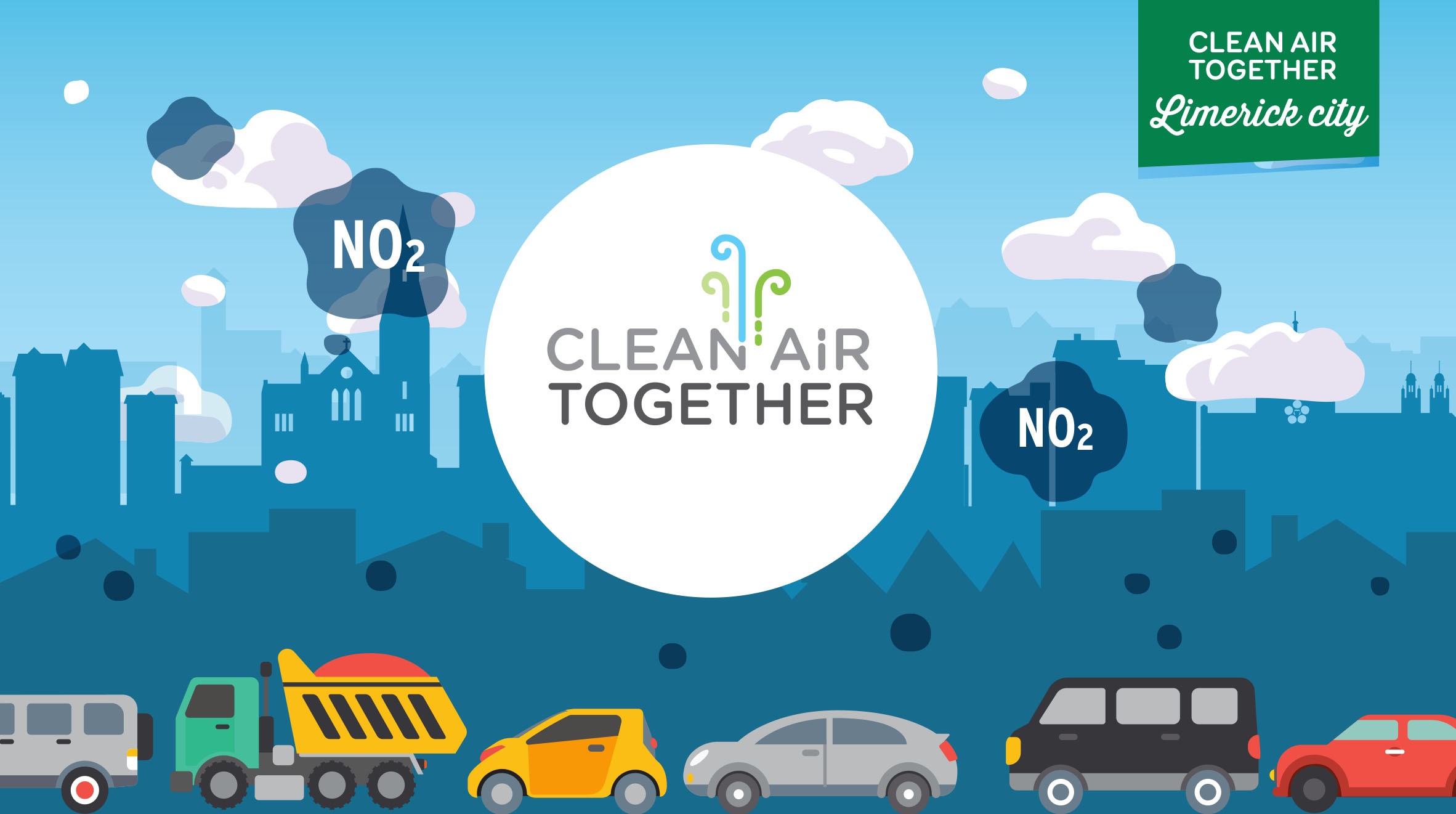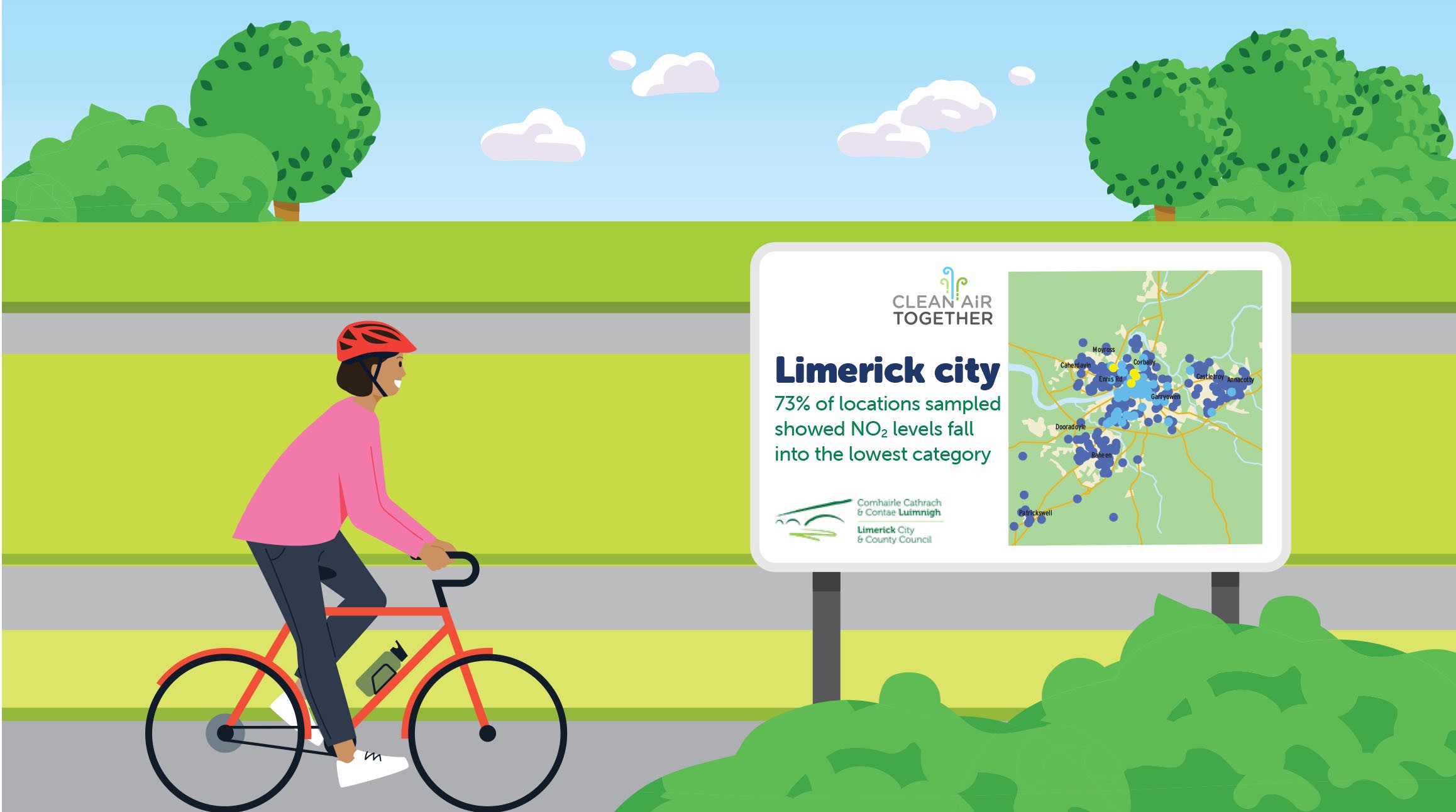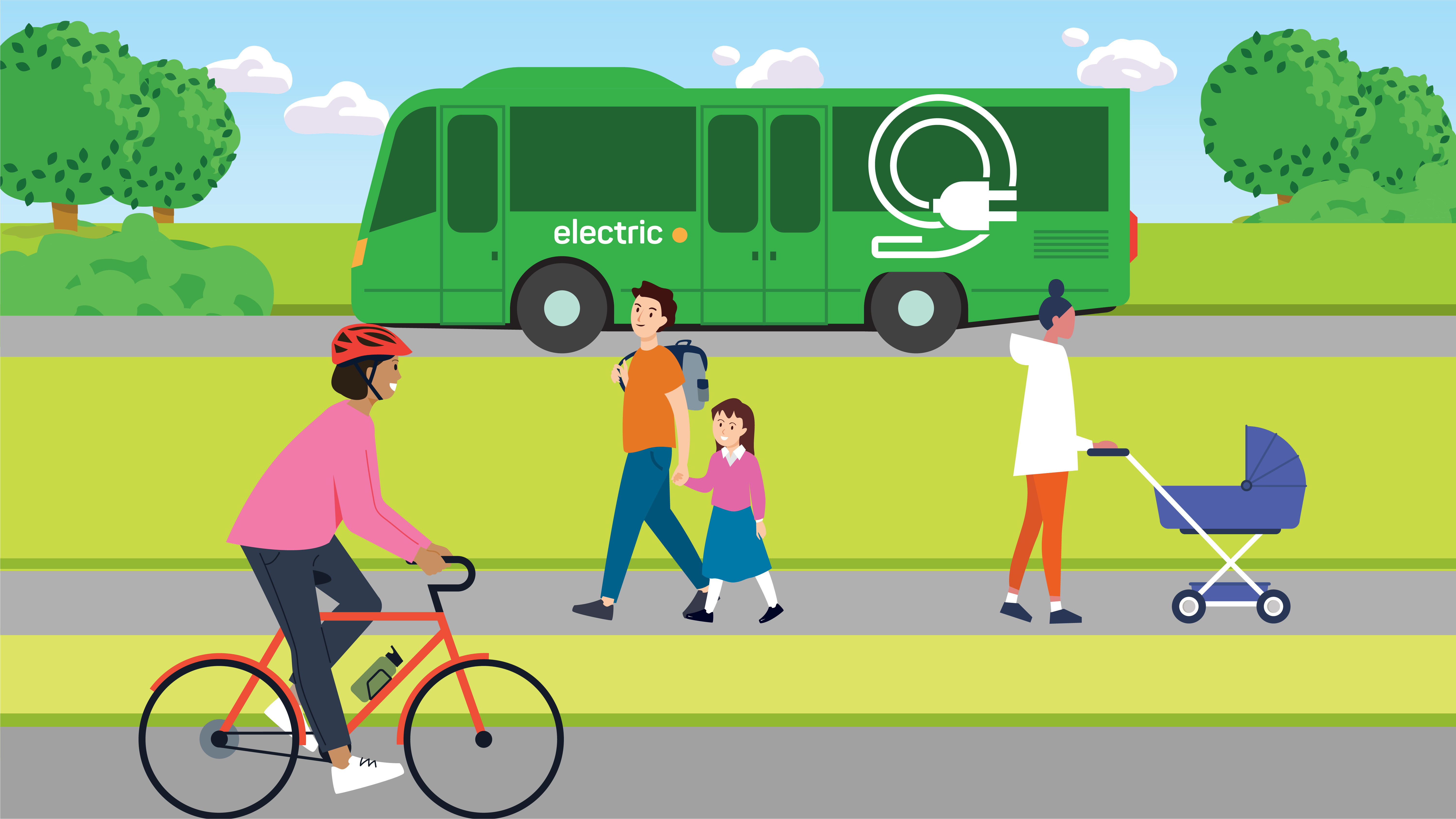Clean Air Together (CAT) is a citizen science project where people voluntarily sign up to measure levels of Nitrogen Dioxide (NO2) pollution in their local area. NO2 is predominantly a traffic-related air pollutant that can cause negative health impacts. NO2 particularly impacts children, people with pre-existing heart and lung conditions such as asthma, outdoor workers, the elderly, and those communities who may be more exposed to air pollution because of where they live or work.
The first Clean Air Together campaign took place in October-November 2021 where approximately 1,000 citizens across Dublin successfully measured NO2 near their home, business, or school. The second Clean Air Together campaign took place in October 2022 in Cork City with over 700 participants measuring NO2 at their chosen locations while the third campaign took place in October 2023 in Galway city with over 300 participants.
And now – the fourth phase took place in October 2024 with over 400 participants in Limerick’s Metropolitan District Area.
Clean Air Together (Limerick City) is an Environmental Protection Agency (EPA) led project, in partnership with Limerick City & County Council. The project aims to create a better understanding of NO2 air pollution across our major cities. The air pollution measurements taken by citizens help verify national air quality maps produced using models developed within EPA’s LIFE Emerald project. Ireland's 3-day forecast, hourly updated and annual high resolution air quality maps are all available on www.airquality.ie. The air quality maps and forecasts will be used to inform policies aimed at improving air quality and lowering levels of NO2.
Thousands of participants - residents, businesses and community groups - have taken part in Clean Air Together projects to date. This huge level of public interest and the volume of results points to a public willingness to participate in citizen science and illustrates the success of the initiative. The EPA therefore extends a massive THANK YOU to all who participated, supported, and gathered important data on NO2 pollution in all four cities to date by measuring NO2 levels outside their property. The work could not have been done without you.

